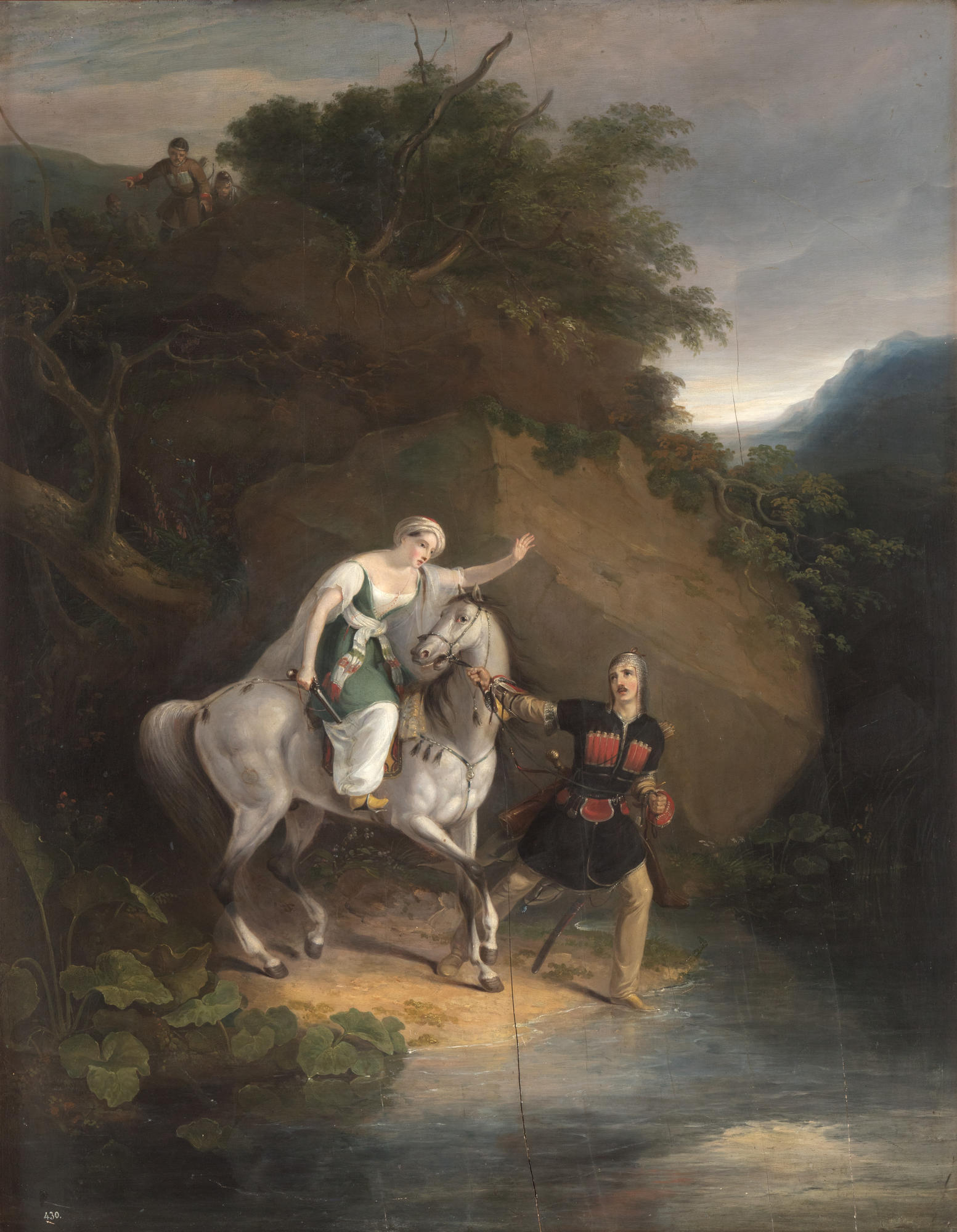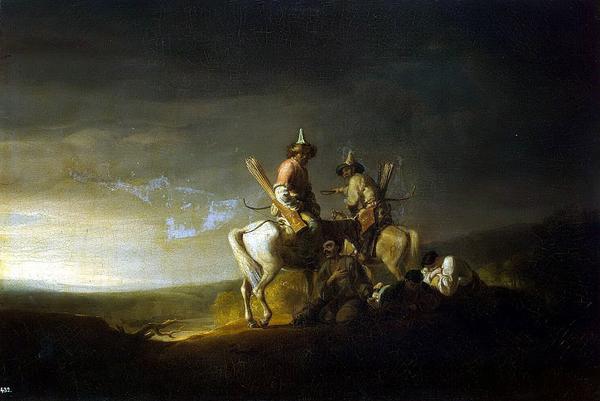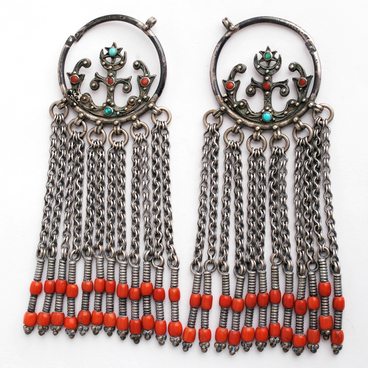In 1836, William Allan (1782—1850) became president of the Royal Scottish Academy, and six years later, was granted the title of Baronet. But before that, he was an unknown artist that went to Russia to seek for happiness and inspiration. He saw Russia as a country where he could finally bring his talent to light. In Saint Petersburg, he met Scottish missionaries that worked in Caucasus, in Crimea and in Caspian steppes. He came to Northern Caucasus for the first time as a member of one of the missions.
During that trip, Allan made sketches and created several paintings representing scenes from the life of Circassians, Bashkirs and Tartars; among them, the painting A Circassian Chief selling a Turkish Pacha the Captives Belonging to a Neighboring Tribe, Abducted During the War, Tartar Robbers Dividing Spoil and other works. The artist studied very closely the everyday life, traditional clothes and practices of the peoples of Caucasus. He also created a very vast collection of arms and utensils that helped him to recreate all the details of the local scenery in his paintings. Allan’s contemporaries recalled that in his studio, one could find Circassian bows, mail-armour, daggers, hunters’ shotguns, turbans and many other exotic objects.
During that trip, Allan made sketches and created several paintings representing scenes from the life of Circassians, Bashkirs and Tartars; among them, the painting A Circassian Chief selling a Turkish Pacha the Captives Belonging to a Neighboring Tribe, Abducted During the War, Tartar Robbers Dividing Spoil and other works. The artist studied very closely the everyday life, traditional clothes and practices of the peoples of Caucasus. He also created a very vast collection of arms and utensils that helped him to recreate all the details of the local scenery in his paintings. Allan’s contemporaries recalled that in his studio, one could find Circassian bows, mail-armour, daggers, hunters’ shotguns, turbans and many other exotic objects.




